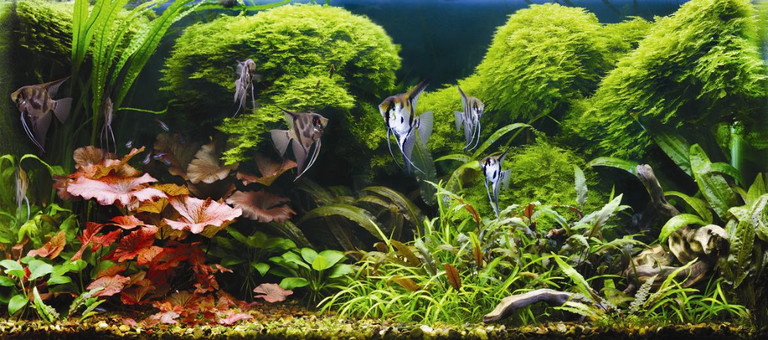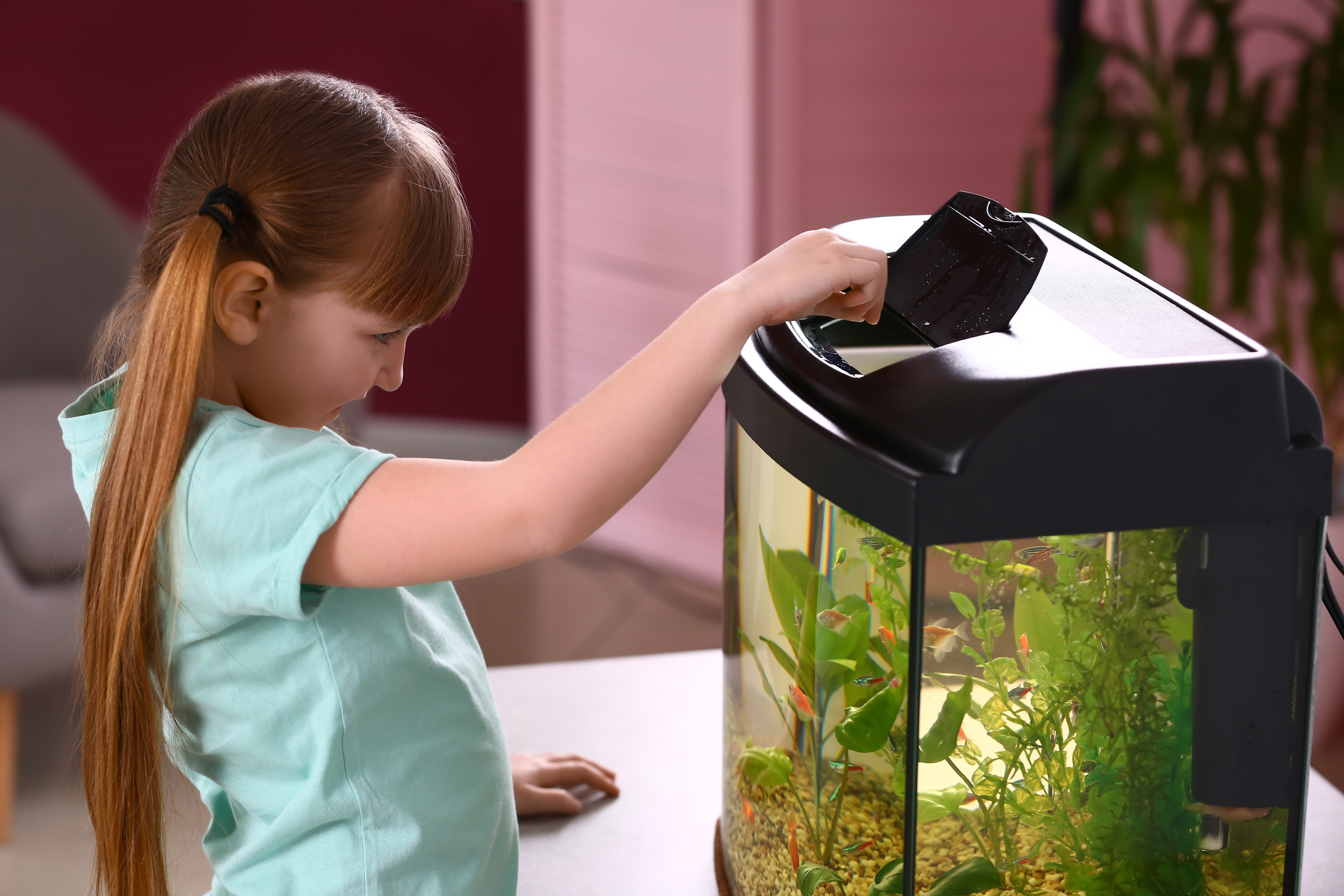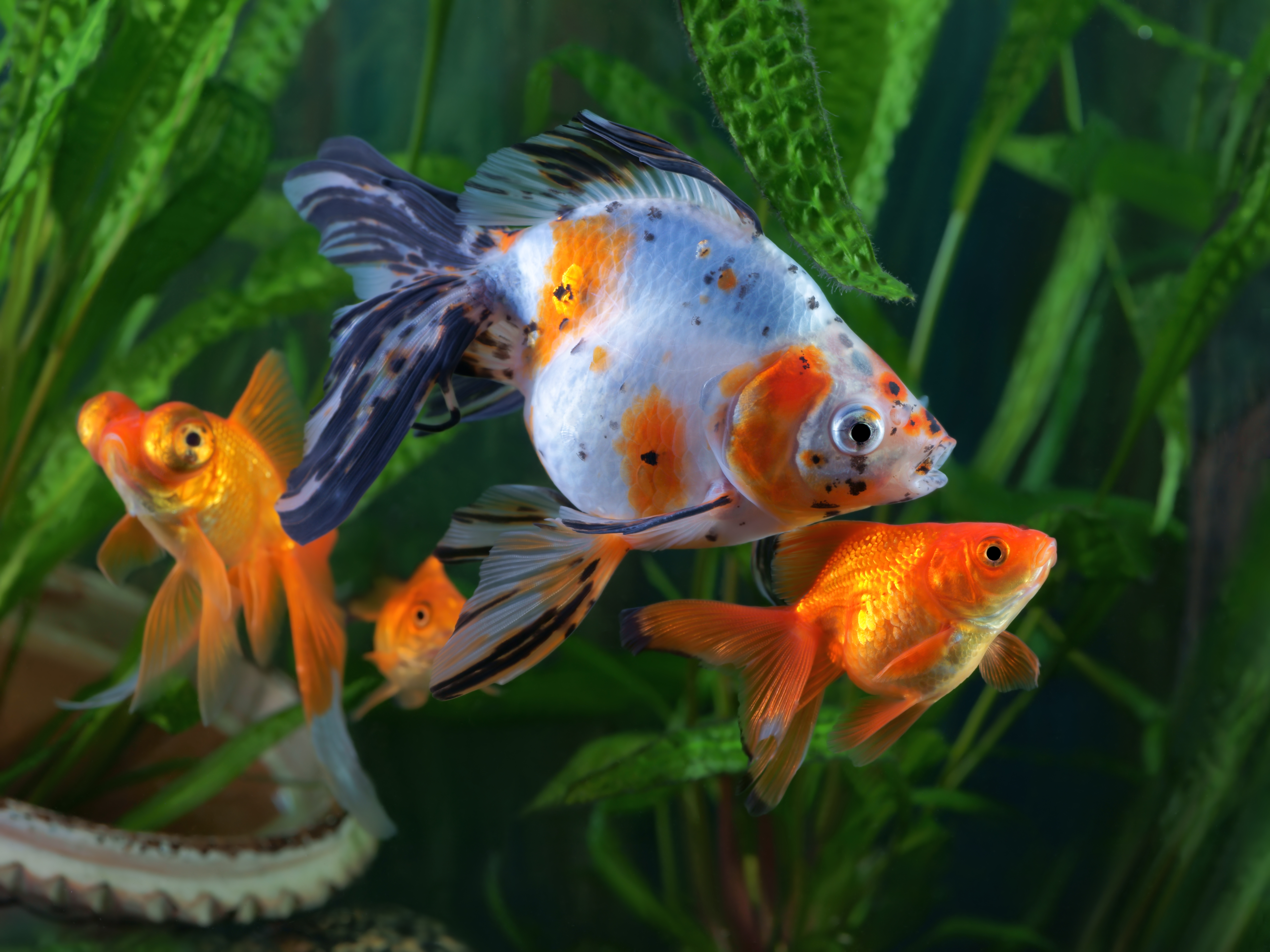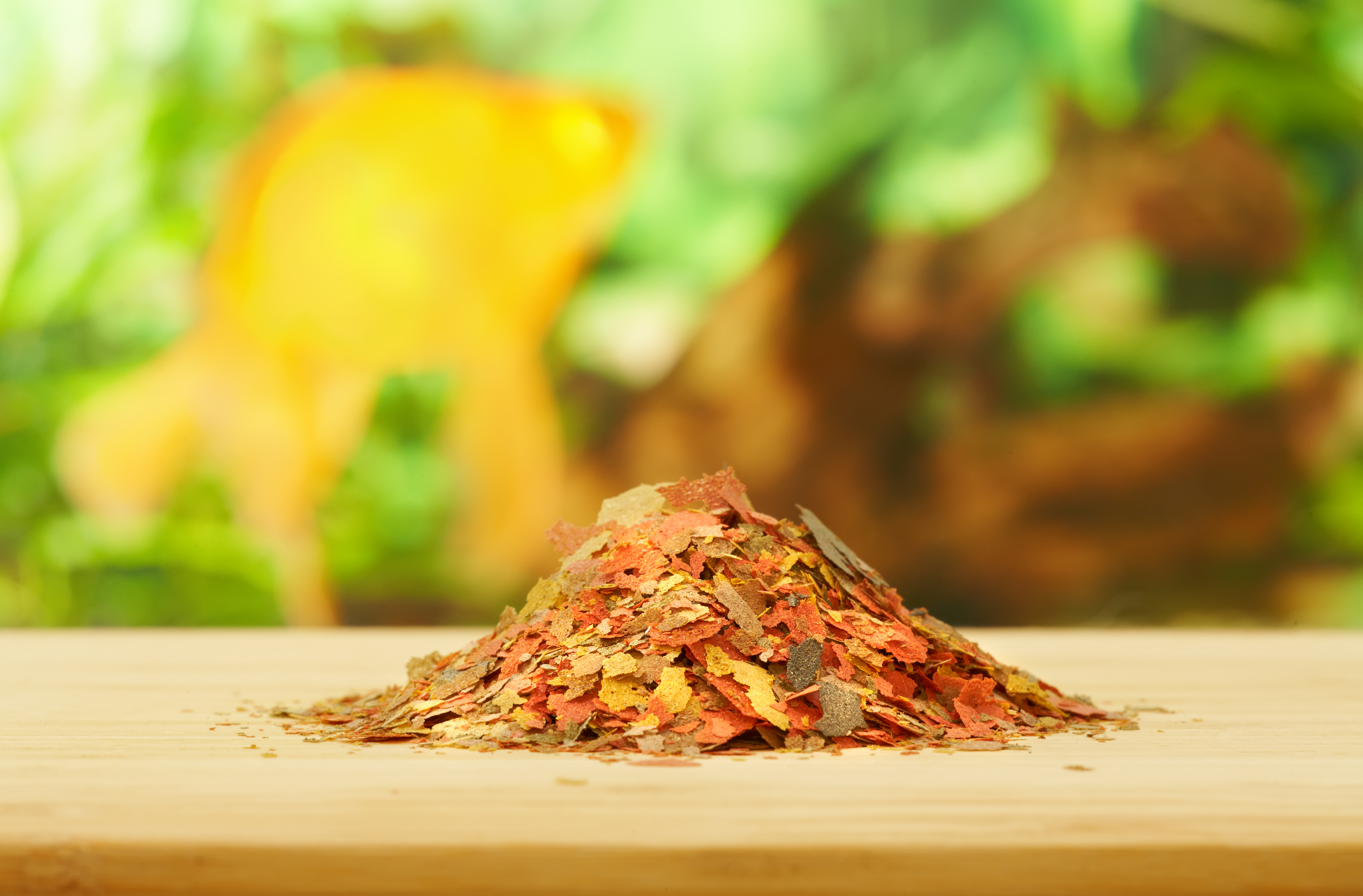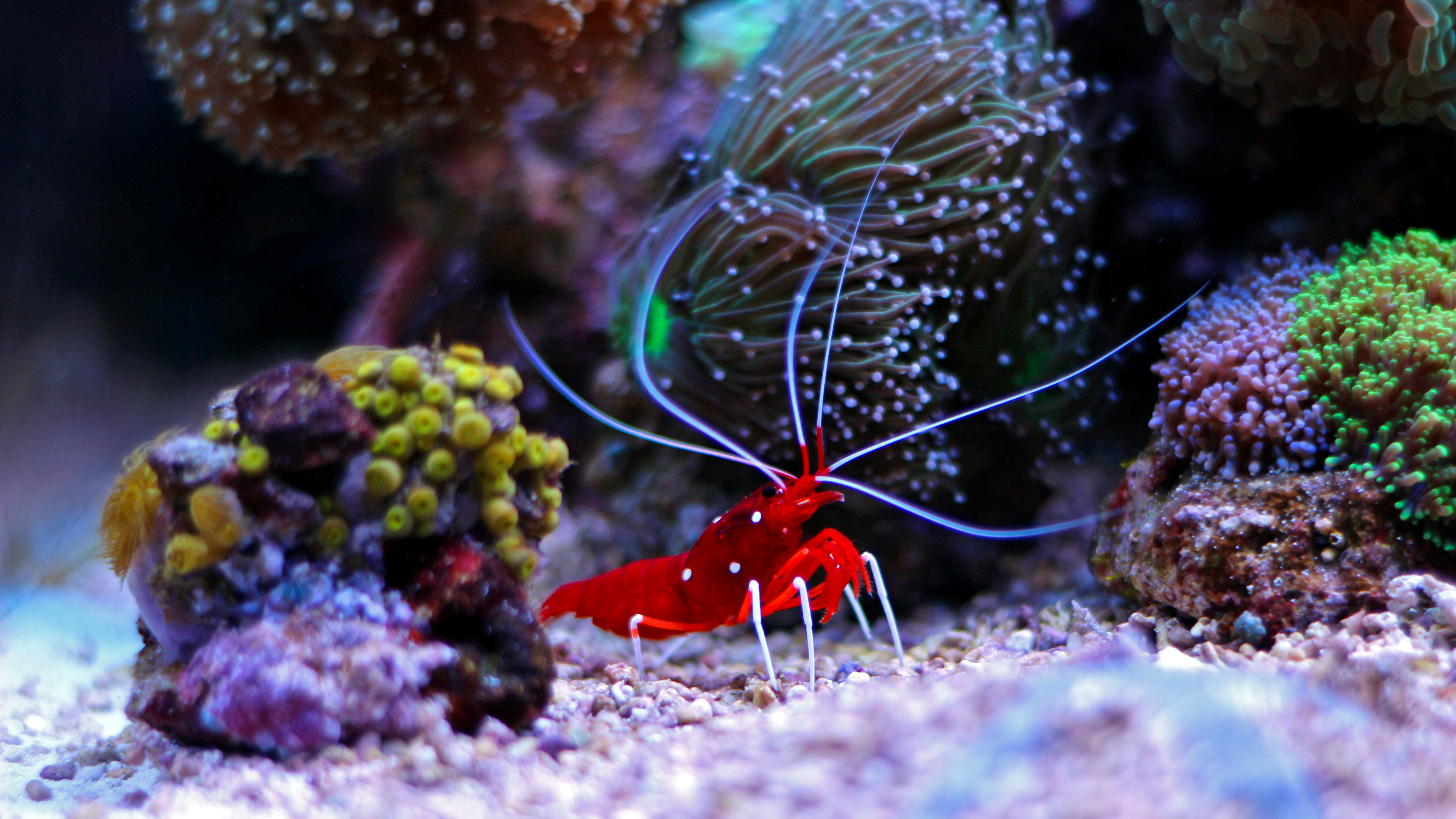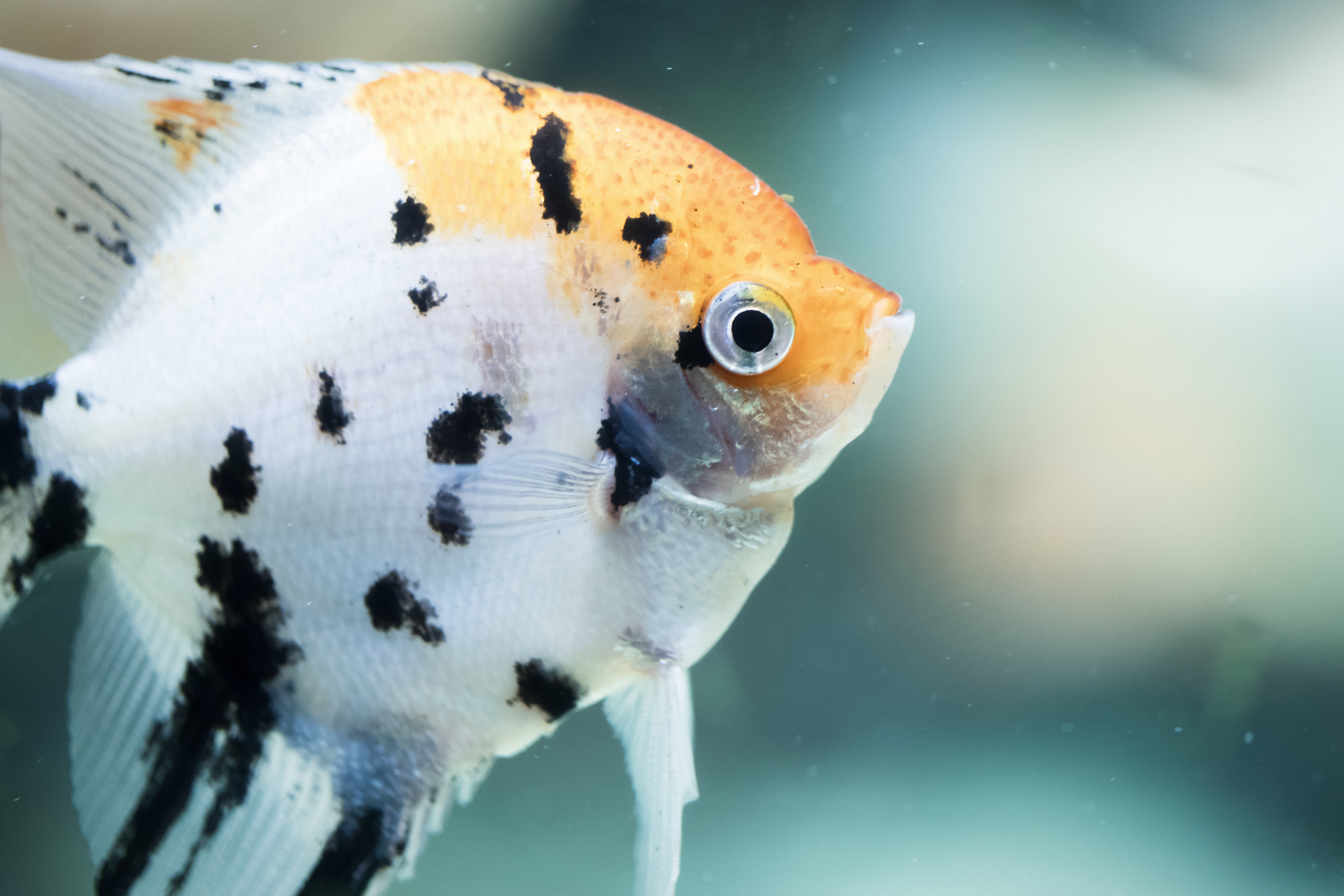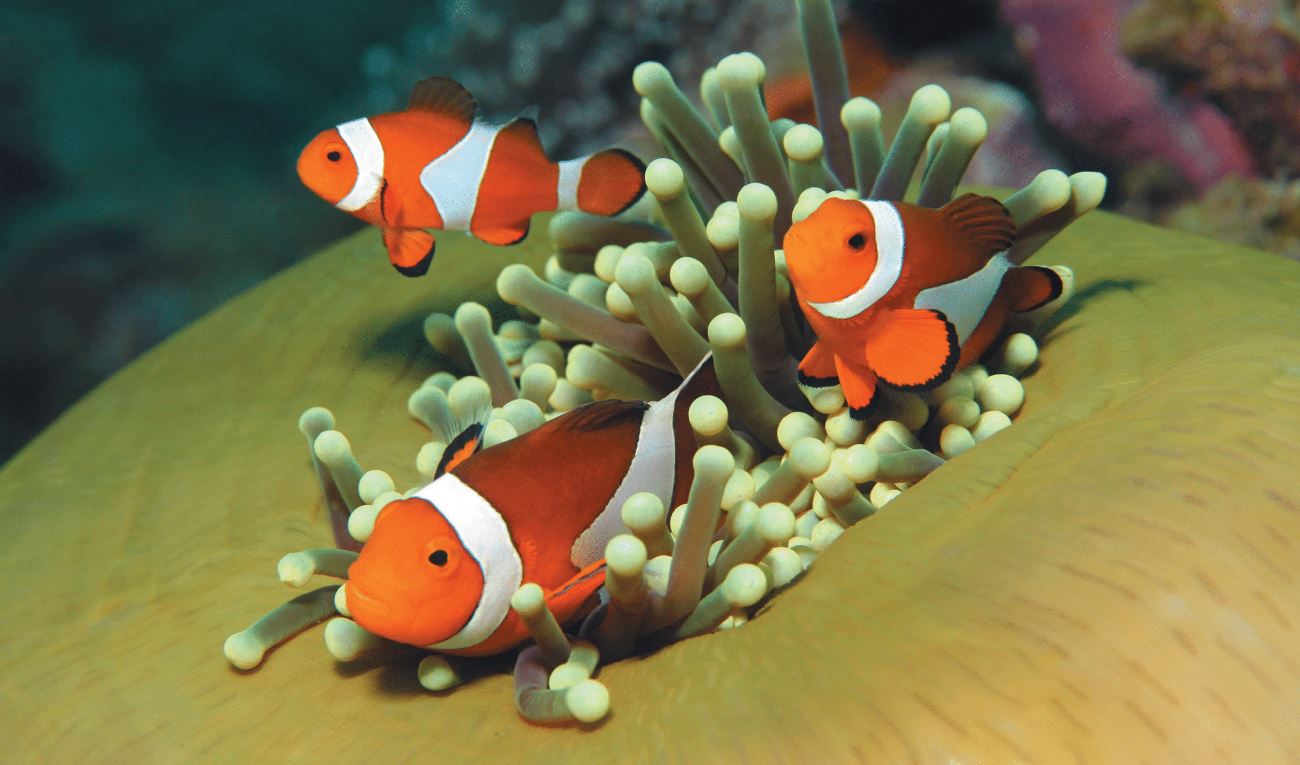Creating an Underwater Paradise
Pet Age Staff //May 24, 2013//
There are several different reasons people have fish tanks. Some enjoy the calming nature they provide, while others like to explore the different habits of fish. And, most of all, there’s the lure of having a beautiful underwater scene in your very own living room.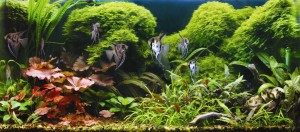
But, sometimes people are a bit standoffish about starting a planted tank because they think it’s difficult. Yet if done correctly, it’s really not too challenging at all, said Brandon McLane, vice president of Florida Aquatic Nurseries, an aquatic plant supplier with over 180 varieties of aquarium plants.
“You just have to choose the right plants for beginners,” McLane said. “If you have them start out with the ‘bread and butter varieties’ they will have success and come back for more. It’s all about knowing your clientele and choosing the correct plants for them and their aquariums.”
McLane also suggests retailers set up a display tank with some beginner plants to show customers how nice it can look and how simple it can be to keep.
Florida Aquatic Nurseries’ plants are sold potted in rock wool, rooted on driftwood, bunched or bare root. Expect large root systems on all potted plants and bare root plants, McLane said. Each aquarium plant is harvested from the growing beds the day of shipment so they are guaranteed to be fresh upon delivery to retailers.
Picking a Plant
One of the best plants for beginners and hobbyists alike that is manufactured by Florida Aquatic Nurseries is the Microsorum pteropus, better known by most as the Java fern. While these plants aren’t very fast growing, they live for quite a while when properly cared for, and look great as mid-ground plants in the aquarium.
For those looking for a “bushier” look, the Vesicularia dubyana, or Java moss, covers more ground in the aquarium. It works well for customers who are looking for places for their fish to hide if they’re being bullied or just seem overly shy. It will also attach itself to driftwood in the tank, making for a natural underwater scene.
Another series of plants that provide a visually appealing look are the various Echinodorus species, better known as “swords.”
One of the more popular ones, the echinodorus bleheri, or amazon sword, can grow very quickly and take up space in both the mid- and background of the tank.
Overall, Amazon sword plants are a good choice for beginners as mid-ground or background plants in the aquarium and should last for quite some time, said McLane.
Other Factors
Choosing the proper plants for your customer’s size tank, the type of fish they have and the overall look they want to create is only the first step. Keeping the plants alive is the next, and obviously very important, part of the process.
Planted tank enthusiasts will want to be sure to keep in their aquariums a proper substrate, according to Doug Hill, president and COO of Seachem Laboratories.
Hill emphasizes the importance of choosing a substrate that will last, rather than a temporary one.
“Using temporary substrates, substrates that last and nutrify the plants for about 6-9 months isn’t a good idea,” he said. “The flawed logic here from a consumer standpoint is that as soon as the aquarium is looking its best we need to break it down and replace the substrate with fresh substrate. This brings a great deal of frustration, and our goal is to make the hobby simplistic. All of our plant substrates will last the life of the aquarium.”
Something customers will want to consider for their substrate is the use of fluorite.
Seachem’s fluorite is a specially fracted, stable porous clay gravel for the natural planted aquarium. Its appearance is best suited to planted aquaria, but may be used in any aquarium environment.
Fluorite is most effective when used alone as an integral substrate bed, but it may be mixed with other gravels. Gravel modifiers such as laterite are not necessary, and unlike competing products, Fluorite never has to be replaced. It remains effective for the life of the aquarium. Fluorite is not chemically coated or treated and will not alter the pH of the water.
Besides making substrates, Seachem is also known for their plant supplements—liquid solutions that can be added to planted tanks to promote growth.
One such product is envy, a comprehensive carbohydrate, vitamin, amino acid, and polyunsaturated fatty acid supplement that addresses the micro and trace nutritional requirements of plants, Hill said.
Envy contains ascorbic acid in a base of chlorella that comprises a rich assortment of amino acids and vitamins.
A second product Seachem makes for planted tanks is Flourish Excel, Hill said. Flourish Excel is a source of bioavailable organic carbon.
All plants require a source of carbon, which is typically obtained from CO2, but may also be derived from simple organic compounds (such as photosynthetic intermediates). The use of either CO2 injection or Flourish Excel does not necessarily negate the use of the other.
ecause the processes of producing photosynthetic intermediates and building onto them occur simultaneously, one can derive a substantial benefit with the use of Flourish Excel, either alone or in conjunction with CO2.
Planted tanks might not be as hard to keep as you or your customers might think, but in order to be successful, the right amount of research has to be done.
That includes research on the part of the retailer, who must know the proper questions to ask when customers are looking into this type of aquarium.
Ask things like: What size is your tank? What type of fish do you have? How much lighting goes into the tank? Do you have fluorite or substrate that can handle plants?
Then, if they are new to the hobby, get them started with some of those “bread and butter” plants that live easily.
– Bill Kolbenschlag
